This week’s classic match feature takes us back almost 100 years – to a Liverpool side known as ‘The Untouchables’ as they marched towards their first back-to-back league titles.
Imagine a Liverpool team packed with goal scoring talent, a relentless machine that battered the opposition into submission. On its own that would be something to behold – it’s not a million miles from the current Reds side is it? But what if this Liverpool team contained a giant of a player, larger than life and adored by Kopites everywhere? What if they were the best team in the country and described by the football world as The Untouchables?
If you’re imagining Bill Shankly‘s bastion of invincibility, then think again. The great man was just a precocious nine-year-old when David Ashworth’s Liverpool were establishing a new benchmark in the English game.
No, we’re not going to revel in the swinging 60s for this weeks classic game, instead we’ll be travelling back to the roaring 20s, where we will arrive in an age when legendary goalkeeper Elisha Scott alongside Harry Chambers, Dick Forshaw, Dick Johnson and Captain, Donald Mackinlay led the Reds to back to back league titles.
We start our story in September 1922. Liverpool were preparing to welcome Sunderland to Anfield. The club was 30 years old and they were once again the reigning champions, after winning their third league title the season before after a barren 16 years. However their defence hadn’t got off to the best starts.
After a seven goal thriller on the opening day of the season, which saw Liverpool run out 5-2 winners against Arsenal in front of almost 41,000 supporters, the Reds had slumped to back to back 1-0 defeats, after facing Sunderland at Roker Park and then Arsenal again at Highbury. It seemed the men who decided the fixture lists back then liked to keep things simple, with teams regularly facing each other in successive games.
The 1920s were contrasting times. This was the age of Big Band entertainment and Jazz. Thanks to Marconi, Radio was sweeping the globe and Britain was accumulating vast wealth through its imperialist endeavours.
It is said that during this decade one in four of the planets population lived under British rule. But this was to be the empire’s peak, with movements against British rule developing in places like India and elsewhere. Closer to home the South of Ireland became a free state, with Dublin Castle formally handed over to the Irish Republican Army less than a month before the game against Sunderland.
Despite its importance to the countries trading prowess, Liverpool would have been a grim place to live in for many Scousers. Living conditions had led to great social upheaval, resulting in a Police Strike, which brought chaos to the city in 1919.
In the same year The Housing Act would see the mass building of council houses and thousands were lifted out of slums around the city centre and the Mersey, to the suburbs beyond. The house I grew up in the 1970s was built during this period.
Yet despite improvements in housing, the 20s were a time when disease stalked the city streets. Many succumbed to pox, rickets, a disease associated with poor nutrition, diptheria and tuberculosis. With no National Health Service, still more than a quarter of a century and another World War away, people would have lived in fear of illness. This is the backdrop against which the city’s footballing heroes rose to glory.
Sunderland were great rivals of Liverpool back then and would go on to finish the 22-23 season as First Division runners-up. Having been previously managed by the Reds first legendary manager Tom Watson, they had won the Football World Championship in 1895 and had already accumulated five league titles. In terms of Liverpool’s record against the men from the North East, there was little to separate the teams prior to this fixture. In 47 encounters the clubs were locked on 20 wins apiece and seven draws.
This was mid-week match, kicking off at 6pm, perhaps to make the most of the daylight hours. Floodlights would not be installed until 1957. The Kop was little more than a raised bank of earth. It had no roof back then, but it towered over Walton Breck Road, just as it does today.
We are approaching game time now and as thirty thousand people, mostly Liverpudlians, made their way to the game, the air would have smelled of soot as coal fires were lit in the terraced houses around the ground, to boil water for tea, or for children’s bath-time. There would be little traffic on the road, with some supporters making their way to the ground on the number three tram.
As the game got underway Liverpool, the champions, lined up in the same kit they had since 1910 red shirt, white shorts and red socks. It wouldn’t change again until 1931. Sunderland had finished 12th the previous year and had splashed the cash in a bid to take the title.
The Echo described them as the £20,000 team from up north. There will have been no chants of “what a waste of money” back then, but how sweet it must have felt to Kopites, atop a slag heap, huddled together in all weathers, to laud their title over these footballing aristocrats.

However it was Sunderland who stunned the home crowd, taking and early lead through Charlie Buchan, after a slip up by defender Tom Bromilow. This was a blow and suddenly the Reds were staring down the barrel of three successive defeats that would have the potential to derail their season. But this was no ordinary Liverpool team.
John Williams, writing in his Liverpool biography ‘Red Men,’ spelled out the qualities that took them to two league titles in the early part of the 1920s. This was a side that never knew it was beaten and didn’t give up until the final whistle. They were tough, both physically and mentally, and wore teams down with their relentless attack.
Indeed even in their earlier defeat to Sunderland the Liverpool Echo claimed the result was hard to fathom. This time though, the Reds’ forward line would ensure that there would be no enigmas for local journalists to solve once this night was over.
Liverpool immediately went in search of an equaliser and Harry Chambers obliged with a swerving shot, hit so hard that it actually burst the ball. Chambers, signed by the great Tom Watson, was described as “bow legged and pigeon chested,” but it didn’t stop him scoring 151 goals in 339 appearances for Liverpool.
It seems the team from the north east immediately capitulated after this. The crowd raised the noise levels to a roar and soon Liverpool were in front. This time it was Dick Forshaw, another goal machine who played ‘inside left’. According to the match report, he gained the lead through “whipping round smartly.” I’m going to close my eyes and imagine him smashing a volley past a hapless goalkeeper, on the turn. Forshaw managed 288 games for the Reds and scored 123 times.
Sunderland had no answer and Liverpool were threatening a rout. The third, another from Chambers, resulted from a flowing move, in which full back Ephraim Longworth launched the ball forward to Bill Lacey, who then passed the ball into the 18 yard box to the waiting Dick Johnson, who slipped but managed to get the ball to his teammate who was unmarked. Chambers crashed another thunderous effort into the net and Liverpool would end the half leading 3-1.
The second half belonged to the home side, with reporters describing Liverpool’s intricate forward play and Dick Johnson’s ability to carry the ball, seemingly attached to his foot, on dazzling solo dribbles. His brilliance would be rewarded, just eight minutes into the second half, with a goal.
He’d missed an absolute sitter shortly after the resumption. The crowd had groaned, but he redeemed himself with a surging run into the penalty box, after another slide-rule pass from Longworth. The keeper, Ed Robson, rushed from his line but Johnson finished superbly.
For the rest of the half Liverpool simply toyed with their opponents. It was left to the Captain, Donald McKinlay to put the away team out of their misery. He was a tough Scot, who served the club for 18 years, captaining the side from 1922-28. He loved Liverpool so much that in 1955 he said he wished he could go back and relive those times all over again.
He was known for his versatility and played in five different position for the team. MacKinlay won two league titles and featured in the clubs first ever FA Cup final, which they lost 1-0 to Burnley.
In the 85th minute he picked the ball up on the halfway line and dribbled his way through a despairing Sunderland team, before unleashing a fierce drive that beat the keeper and sealed the win. Liverpool won the game 5-1 and moved into ninth place in the table.
The supporters drifting out of the stadium, as Georgian lamps began to shine along Anfield and Walton Breck Roads, will have surely entertained dreams of their team retaining the title for the first time in the clubs history. As has happened so many times since for Kopites, their fantasies would turn to reality.
Liverpool would continue their ascent, eventually finishing as Champions six points clear of their nearest rivals, Sunderland. And with that immense achievement, David Ashworth would become the first Reds manager to win back-to-back league titles. That’s got to be worthy of a banner on the Kop.
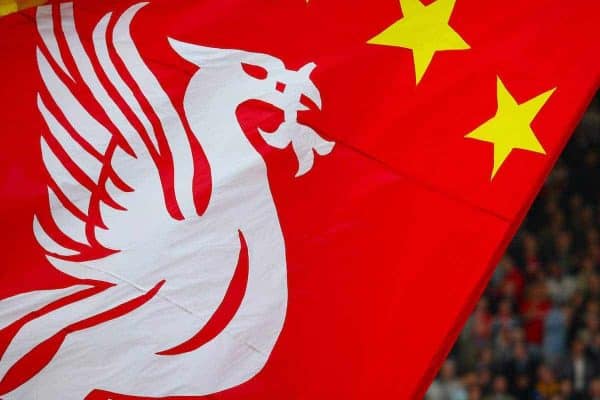


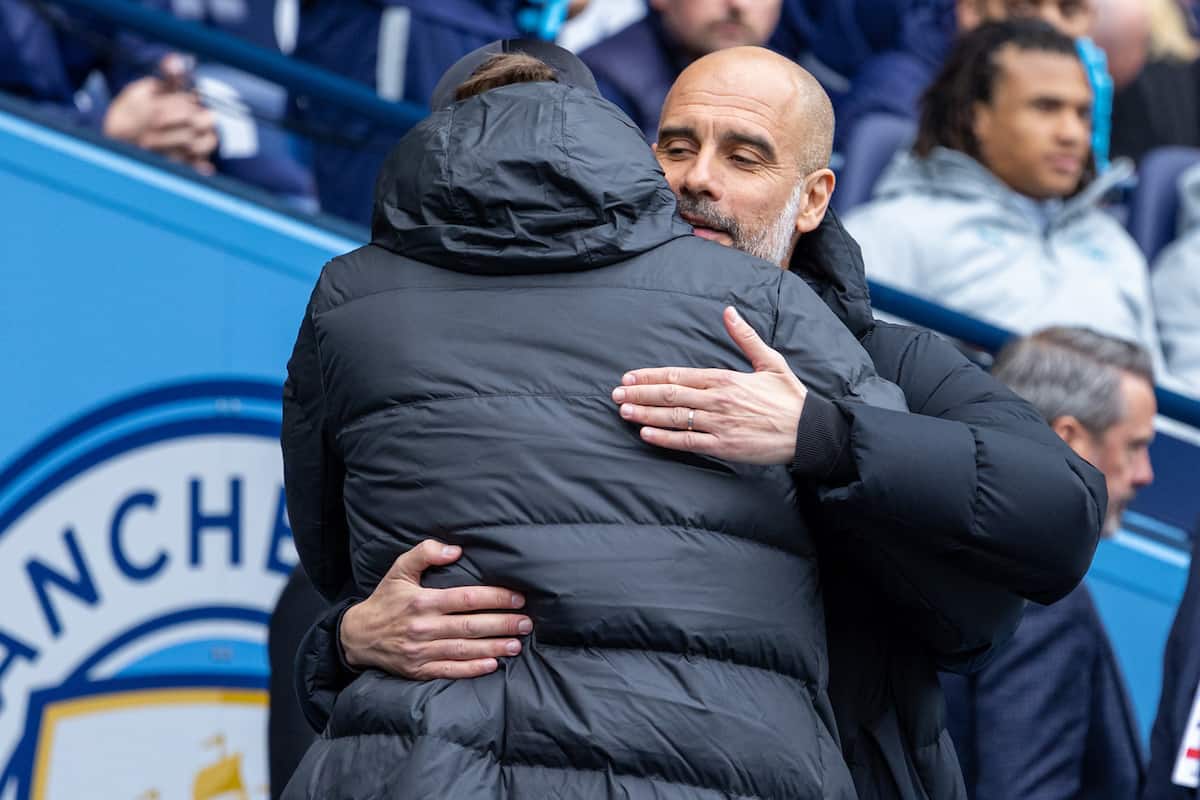


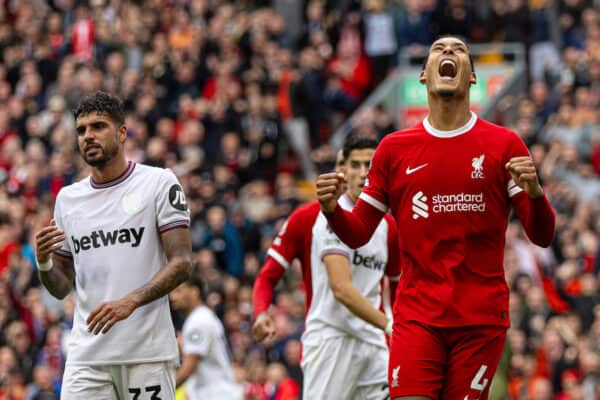
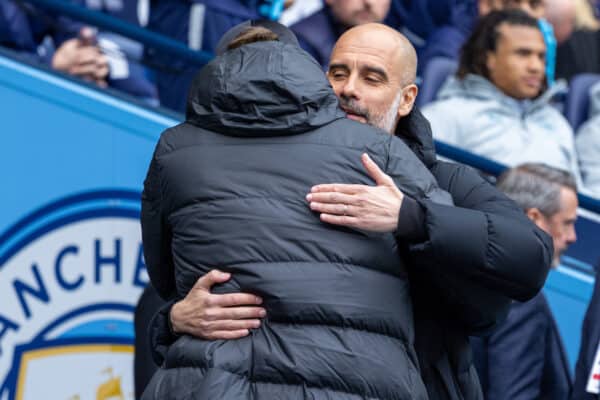
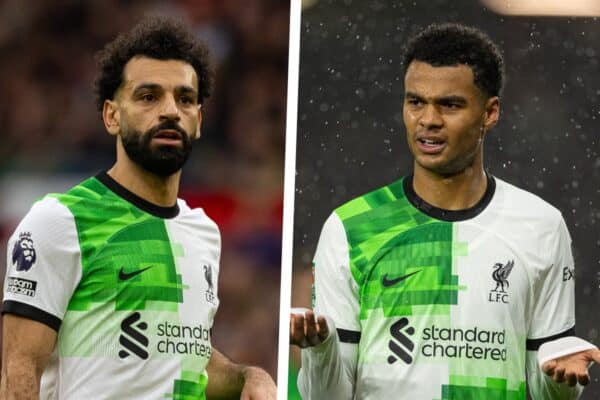

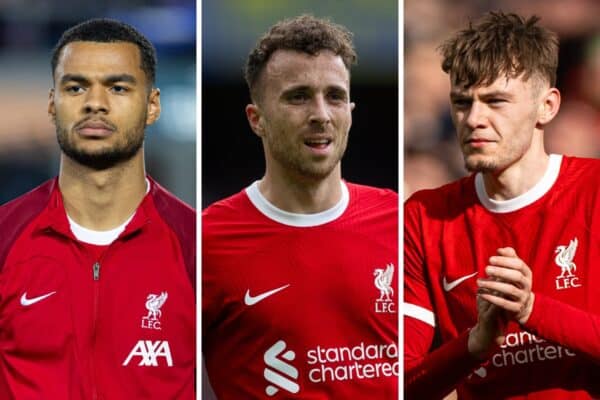

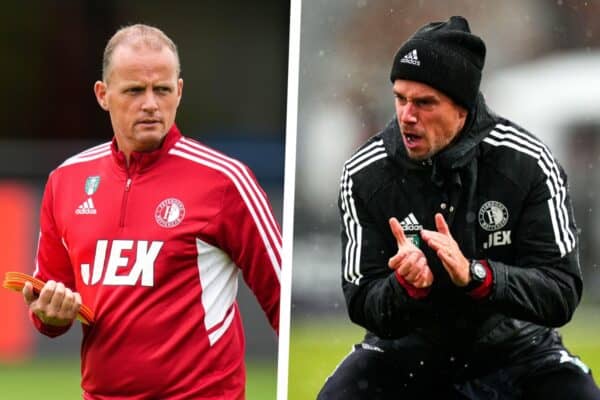
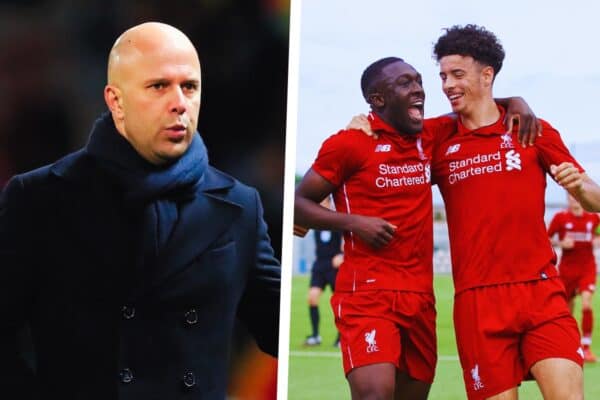
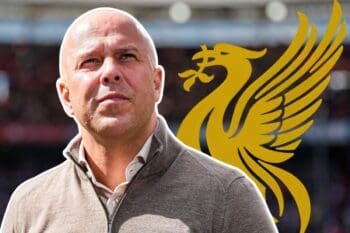


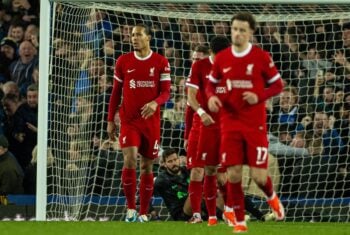
Fan Comments